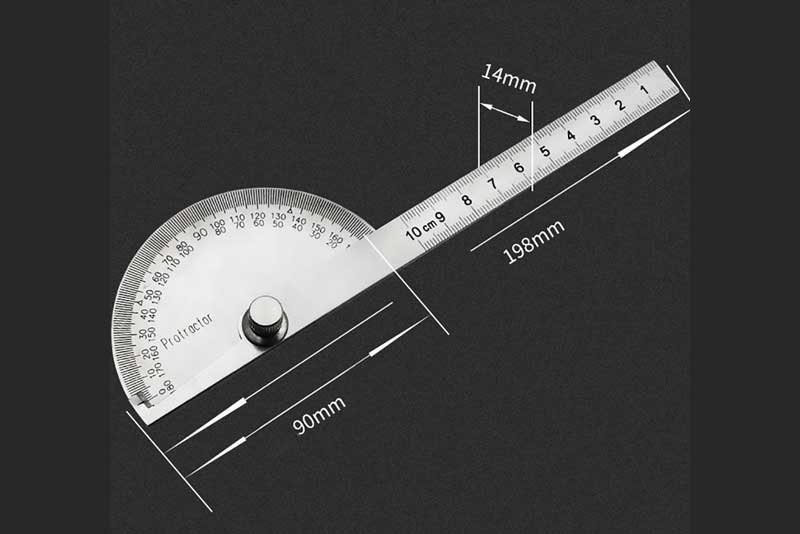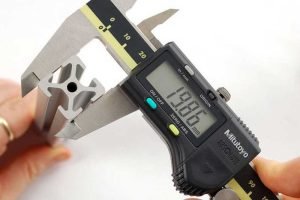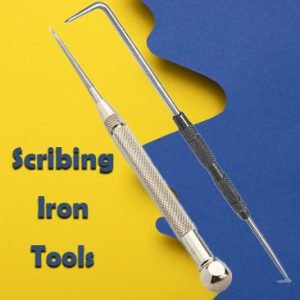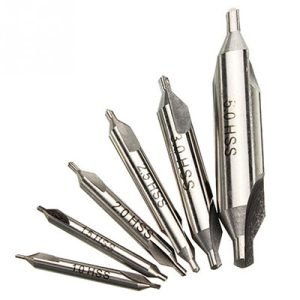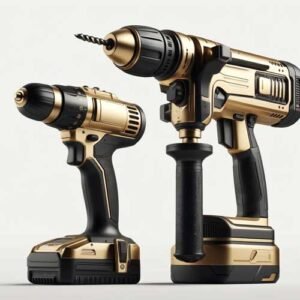A protractor is a vital tool in geometry, drafting, engineering, and various design fields. Understanding how to use a protractor accurately can significantly improve your precision in measuring and drawing angles. In this blog, we will explore what a protractor is, how to use it effectively, and tips for working with it.
What is a Protractor tool?
protractors are semicircular or circular instruments made of plastic, metal, or wood, marked with degrees from 0° to 180° or 0° to 360°. It features a straight edge and a small hole, known as the vertex hole, at the midpoint of the straight edge.
Types of Protractor Tools
- Semicircular Protractor: Measures angles from 0° to 180°.
- Full-Circle Protractor: Measures angles from 0° to 360°.
- Adjustable Protractor: Features a movable arm for measuring and marking angles.
How to Use a Protractor Instrument
Using a protractor is straightforward, but accuracy is crucial. Here are the steps to measure and draw angles using them.
Measuring Angles
- Place the Protractor: Position the protractor on the vertex of the angle. Ensure the midpoint (vertex hole) is exactly over the vertex point.
- Align the Baseline: Align the baseline of the protractor with one side of the angle. The baseline is usually the straight edge of the protractor.
- Read the Degree: Look at where the other side of the angle intersects the protractor’s numbered scale. Read the degree marking on the protractor.
Drawing Angles
- Draw the Base Line: Start by drawing a straight line. This will be one side of your angle.
- Position the Protractor: Place the midpoint of the instrument at one end of the line.
- Mark the Angle: Find the desired degree measurement on the protractor’s scale. Mark a small dot at this point on the paper.
- Draw the Second Line: Remove the protactor and draw a line from the starting point through the marked dot. This creates the desired angle.
Tips for Working with a Protractor
- Ensure Accuracy: Double-check the alignment of the protractor with the vertex and baseline to avoid measurement errors.
- Use a Sharp Pencil: For precise marking, always use a sharp pencil or fine-tipped pen.
- Practice Regularly: Familiarity with this tool improves with practice. Regular use will make the process more intuitive.
- Check Calibration: Occasionally verify that your tool is not warped or damaged, which could affect accuracy.
Common Applications of a Protractor Tool
Protractors are widely used in various applications, including geometry, drafting, and art. In geometry, they are essential for solving problems involving angles, triangles, and other polygons. In drafting and design, these tools ensure precise angles in technical drawings for architecture and engineering. They are also valuable in art and craft, helping to create accurate angles in various artistic projects.
Conclusion
A protractor is a fundamental tool for anyone dealing with angles, whether in academic, professional, or creative fields. By understanding how to use a protractor correctly and practicing regularly, you can significantly enhance your accuracy in measuring and drawing angles. Happy measuring!
